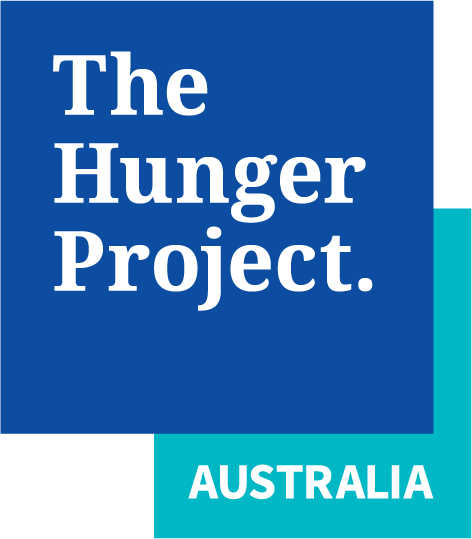This month, five UN agencies released a new report warning that conflicts and protracted violence – exacerbated by climate change – have pushed the number of people living in hunger up from 795 million to 815 million between 2014 and 2016. The report notes that the majority of people living in hunger – 60 percent – live in countries affected by conflict.
At The Hunger Project, we feel it’s important to highlight that despite this sobering news, the world has made tremendous progress in ending hunger and malnutrition. In fact, the report notes that “most countries have achieved significant 25-year gains in reducing hunger,” and that the number of malnourished children, as evidenced by stunting (height for age), has decreased from 29.5 percent to 22.9 percent between 2005 and 2016. This shows that many of our efforts are working.
We can learn from the interventions that are working to find new ways to build inclusive, peaceful communities where women are empowered. Though The Hunger Project does not work in conflict-affected states, our women-focused and community-led approach is pertinent beyond the 16,000 communities where we work. In Bangladesh, we have seen through a partnership with the International Foundation for Electoral Systems (IFES) that our community-led approach builds social cohesion, which can reduce violence in communities.
The findings of the new UN report, while alarming, should not undermine our efforts. We will continue to advocate for women-centered and community-led approaches with partner organisations and governments worldwide: this is how, together, we can achieve the commitments the world has made with the Sustainable Development Goals.
Header image: Community members hold a meeting at Ndereppe Epicenter, Senegal, 2015. Image Credit: Johannes Odé
